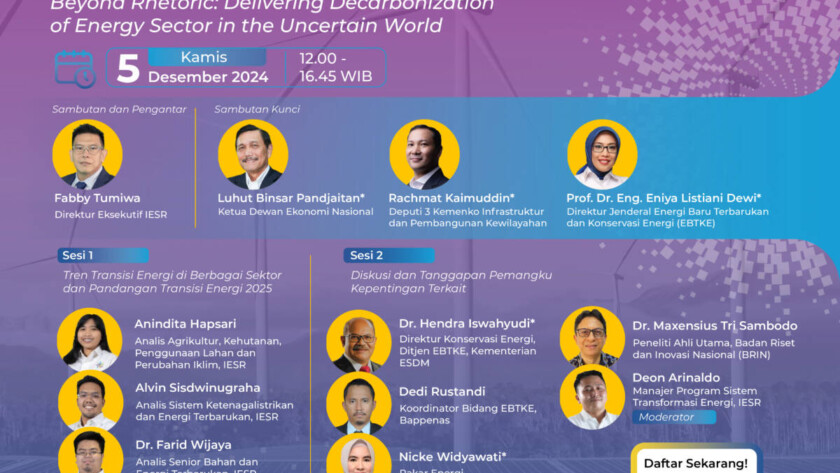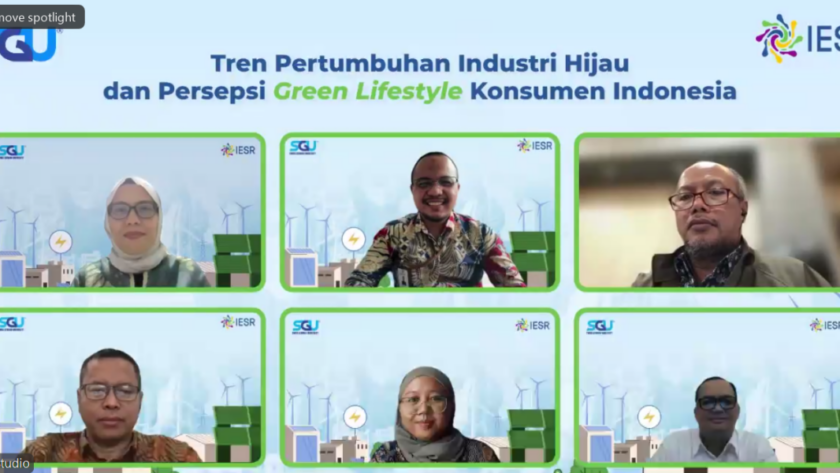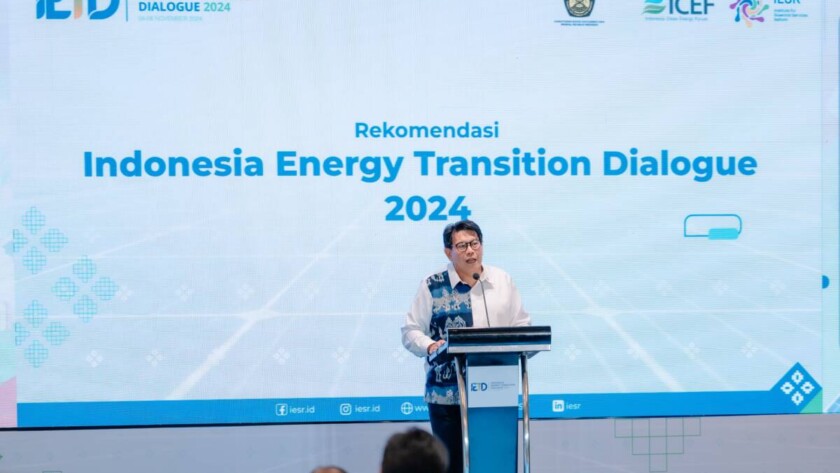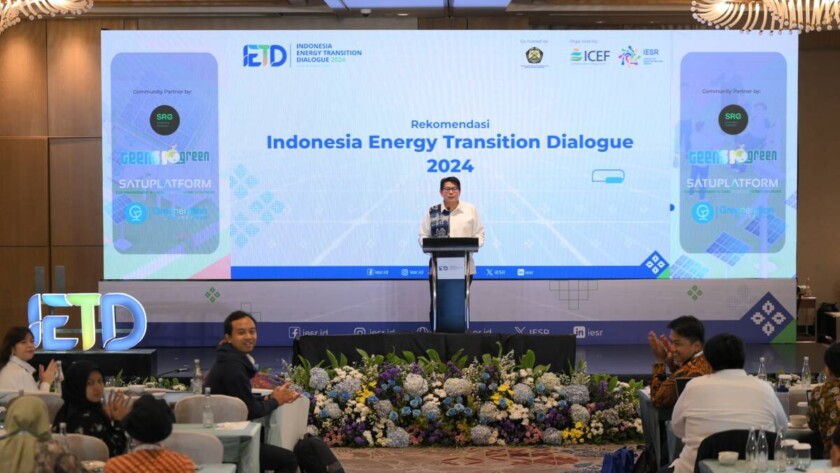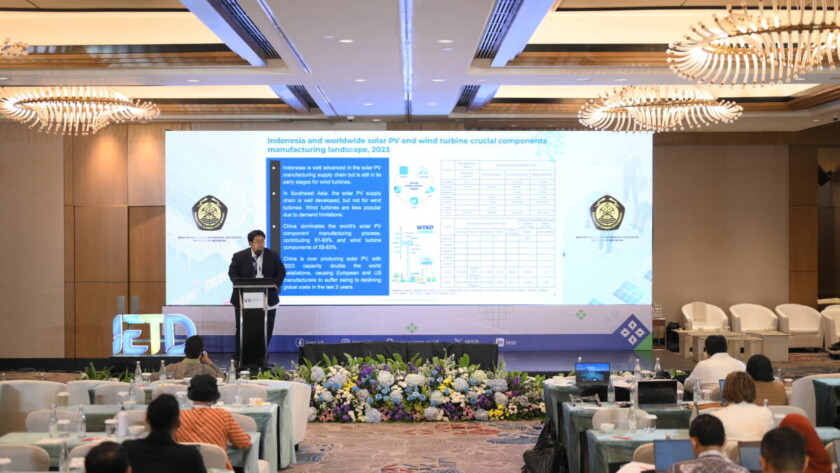Jakarta 22 November 2024 - The Journey to achieve Indonesia’s energy independence and security could be supported through utilization of renewable energy as one of the sources of electricity supply. Through President Prabowo's directives mentioned during his Inauguration Speech (20/10/2024), Indonesia will focus on renewable energy management to achieve energy independence and security in accordance…



